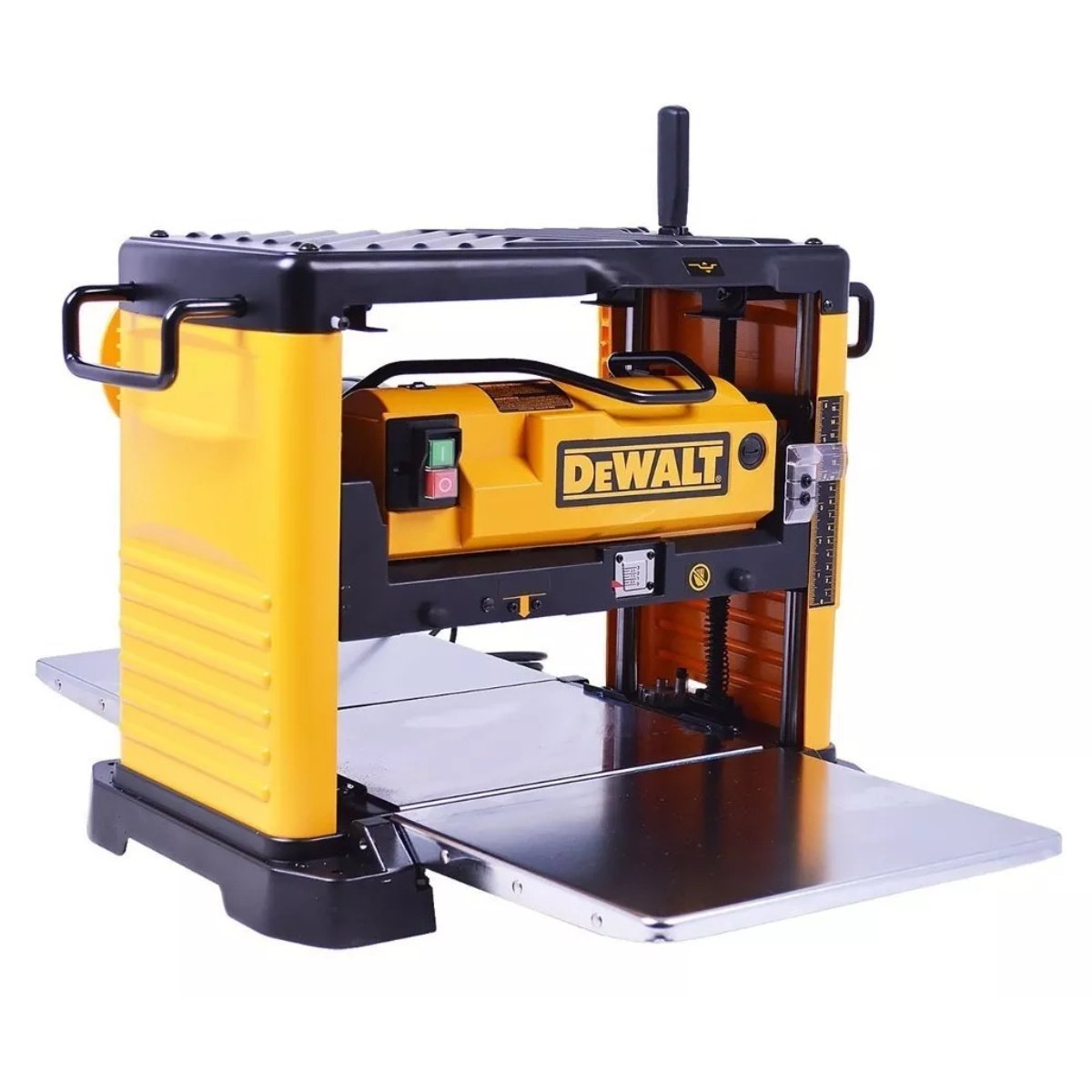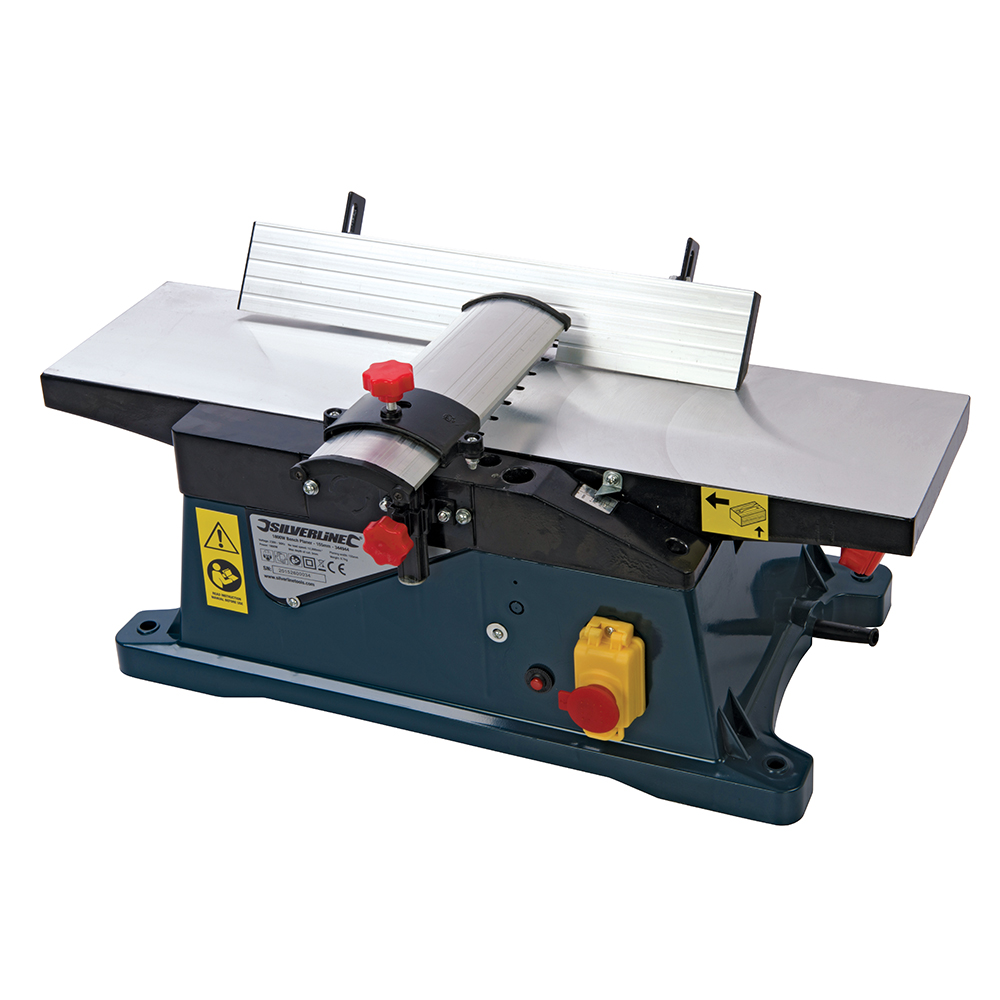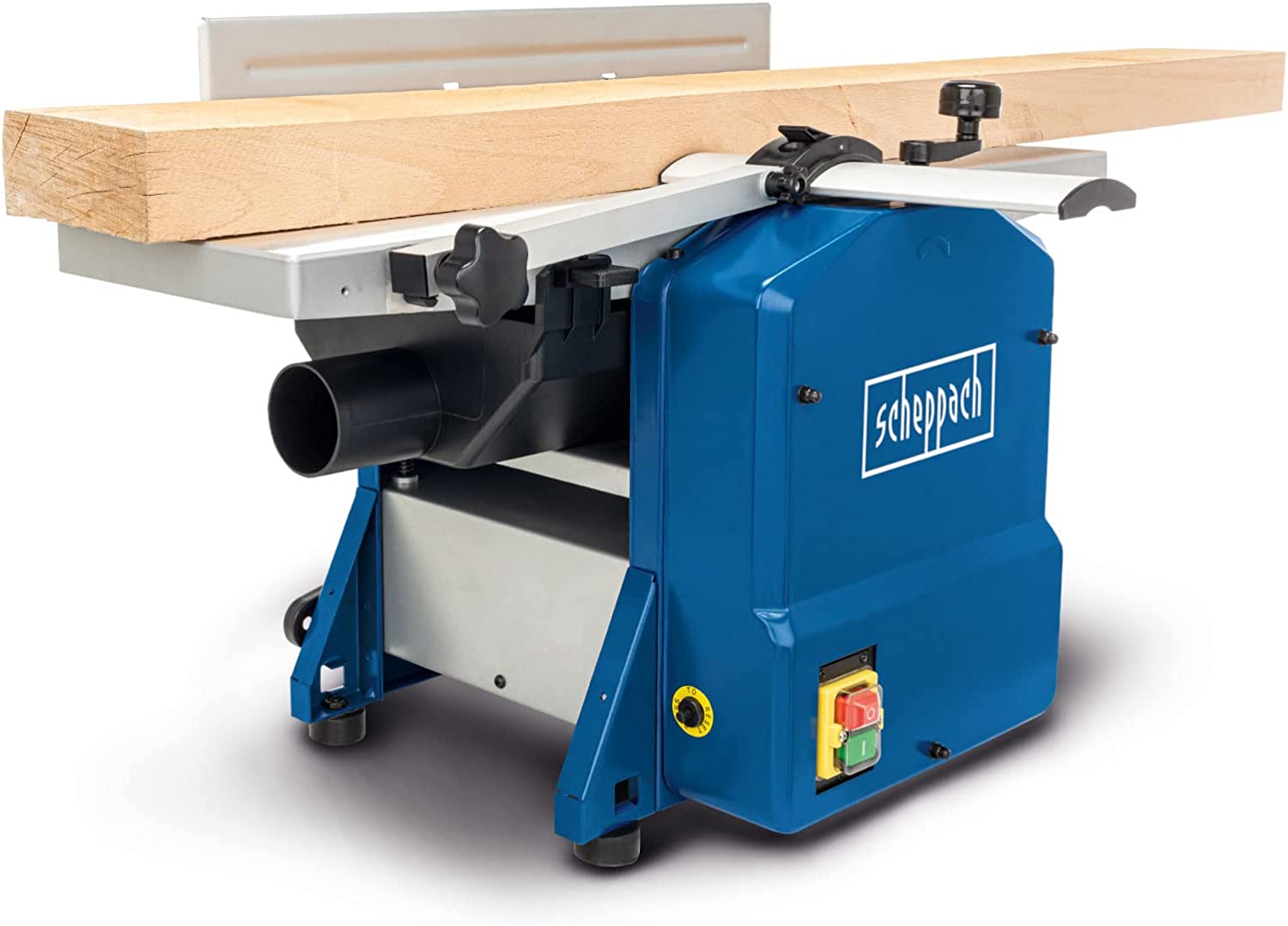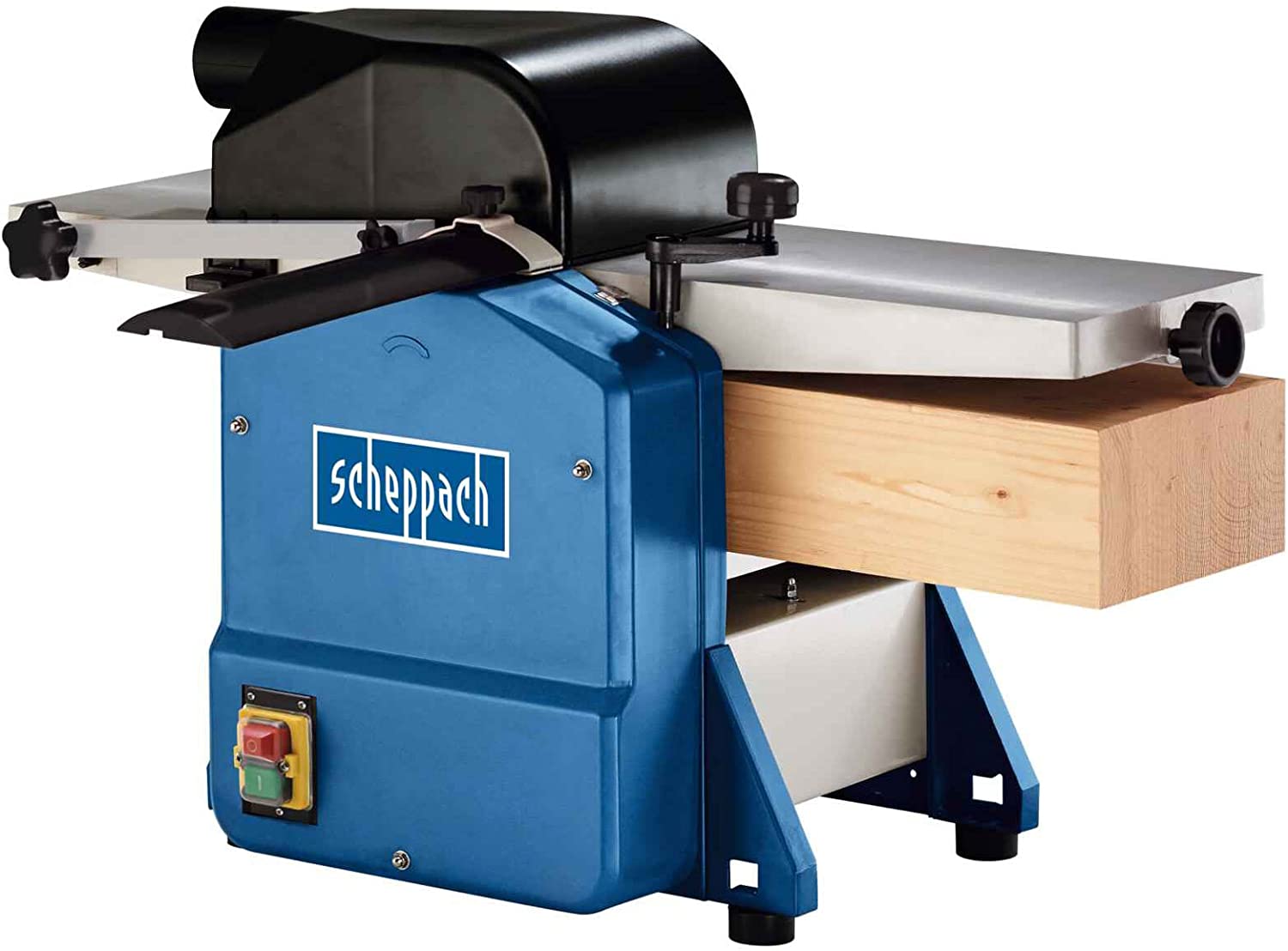Zen
Member
Hi, hope you are all cosy and well in your sheds.
One day I will probably end up with both machines, but for the time being as I am on a budget and gradually expanding my arsenal of woodworking tools I am looking to get either, but I need your advice. Which of the two will be more useful and should I get first?
Pictures are for illustration purposes only I don't have particular models in mind.
Thicknesser Jointer


Also I just found a combi version, between the two, is that any good?


One day I will probably end up with both machines, but for the time being as I am on a budget and gradually expanding my arsenal of woodworking tools I am looking to get either, but I need your advice. Which of the two will be more useful and should I get first?
Pictures are for illustration purposes only I don't have particular models in mind.
Thicknesser Jointer


Also I just found a combi version, between the two, is that any good?



































